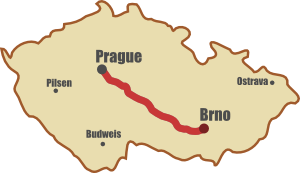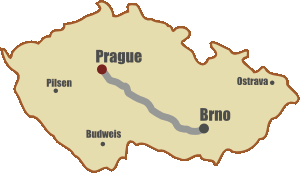Overview of the paper
The Cognitive Limits of Animated Maps
Harrower, M. (2007). The cognitive limits of animated maps. Cartographica: The International Journal for Geographic Information and Geovisualization, 42(4), 349-357.
Harrower, M. (2007). The cognitive limits of animated maps. Cartographica: The International Journal for Geographic Information and Geovisualization, 42(4), 349-357.
cognitive processing capabilities of the user
&
information overload


"...animated maps are not better or worse than the static, they are simply different..."
CLT describes cognitive structures of information processing and learning involving long-time memory and working memory.
Working memory is in contrast to long-time memory very limited, both in duration and capacity, especially when processing novel information.
Experts can get more information, because they have access to previously learned information.
Most map users need to see an animation loop many times before feeling comfortable.
"Repetition gives readers time to revisit material -> refresh working memory and transfer information from working memory to long-time memory."
increasing an amount of user control over the map
more structure in the animation
"Engaging the eyes and the ears"
 Coat of arms of Austria by Peter Diem - Peter Diem. Licensed under Public Domain via Wikimedia Commons
http://www.navyband.navy.mil/anthems/all_countries.htm
Coat of arms of Austria by Peter Diem - Peter Diem. Licensed under Public Domain via Wikimedia Commons
http://www.navyband.navy.mil/anthems/all_countries.htm
Land der Berge, Land am Strome,
Land der Äcker, Land der Dome,
Land der Hämmer, zukunftsreich!
Heimat großer Töchter und Söhne,
Volk, begnadet für das Schöne,
Vielgerühmtes Österreich,
Vielgerühmtes Österreich!
....
Offload work from eyes to ears
Segment content and provide pauses
Include pre-training
Keep it as simple as possible
Important content is highlighted
Put related content close together spatially
Put related content close together temporally
Eliminate redundancy
Individualize content